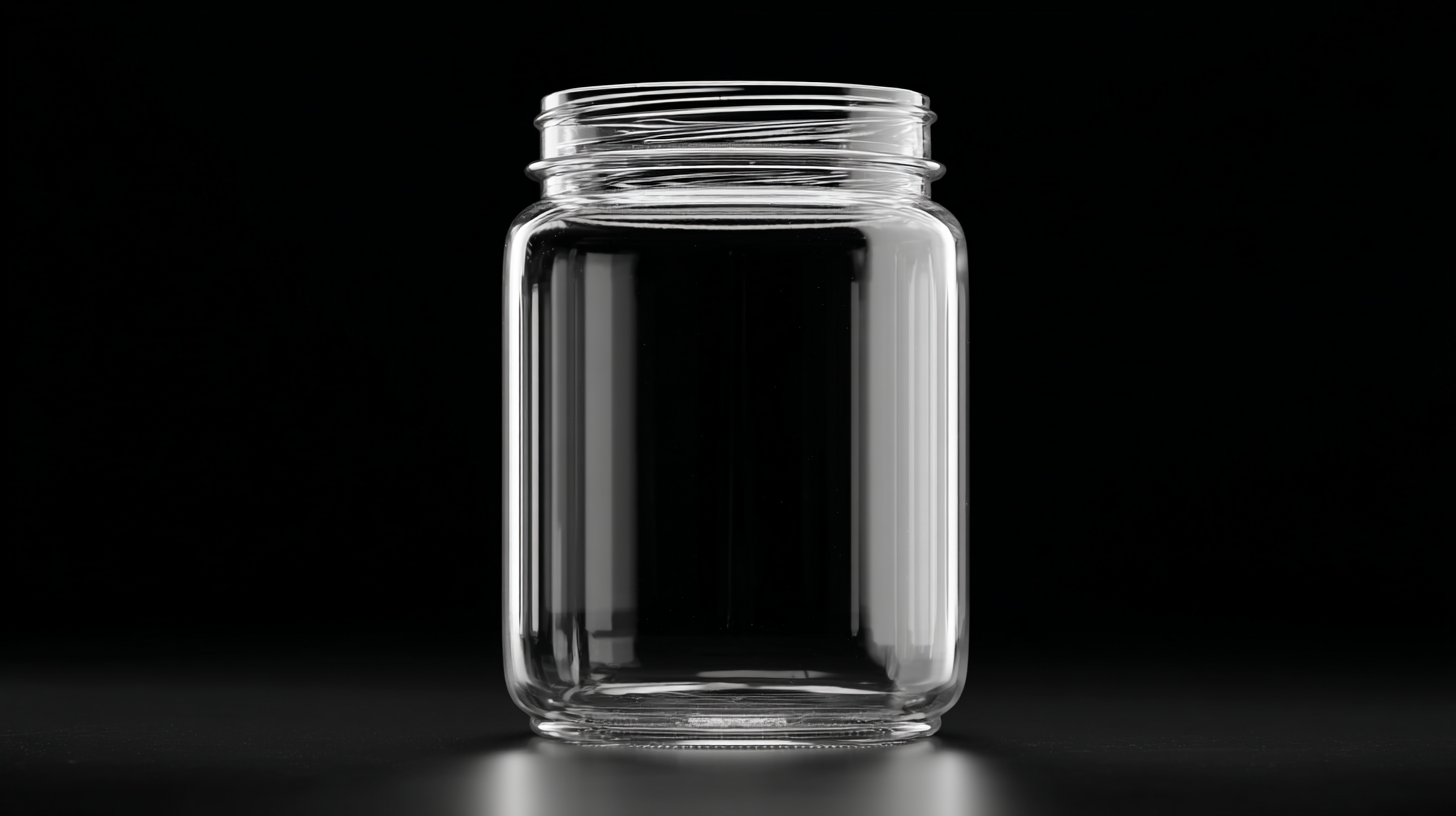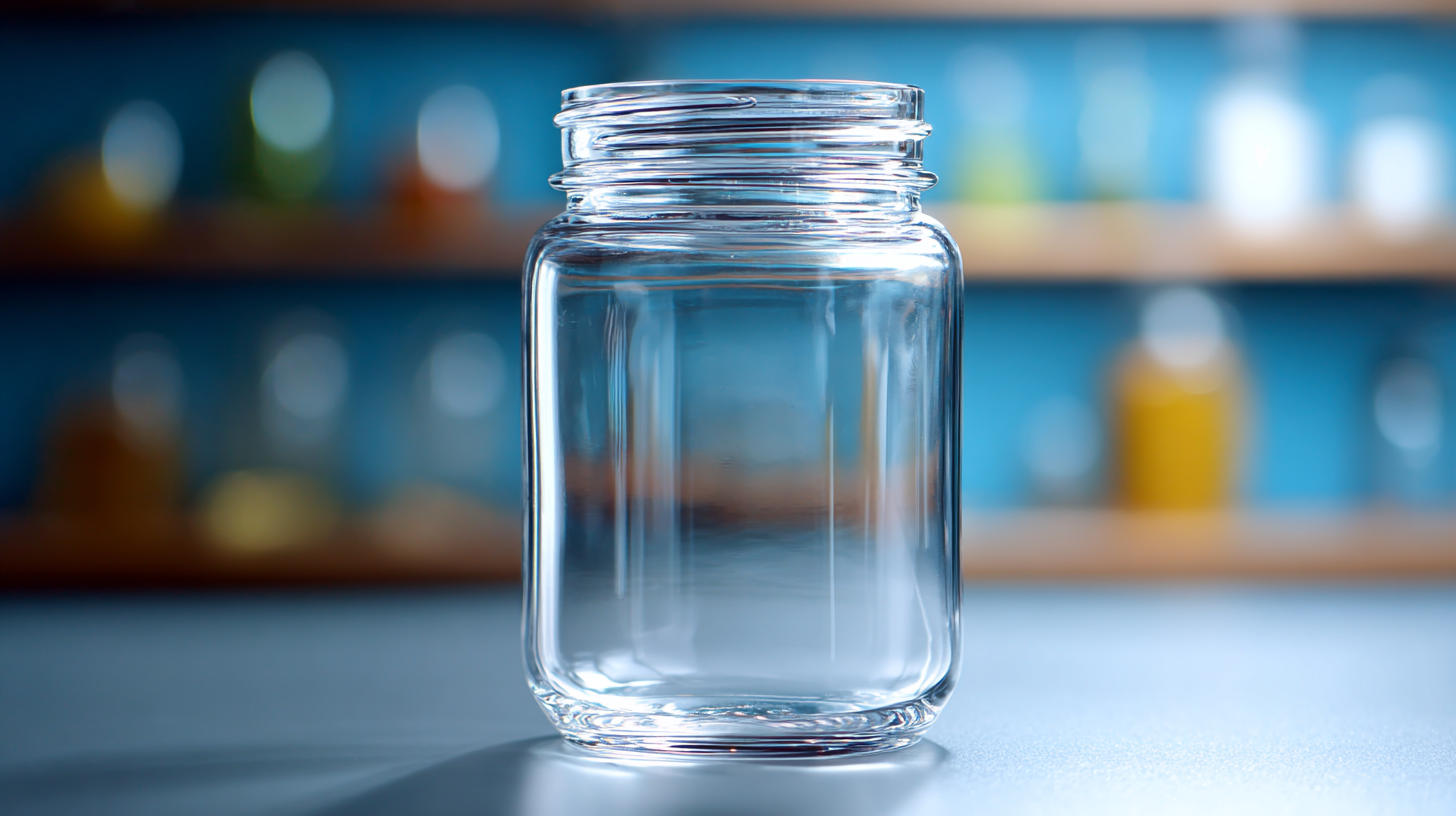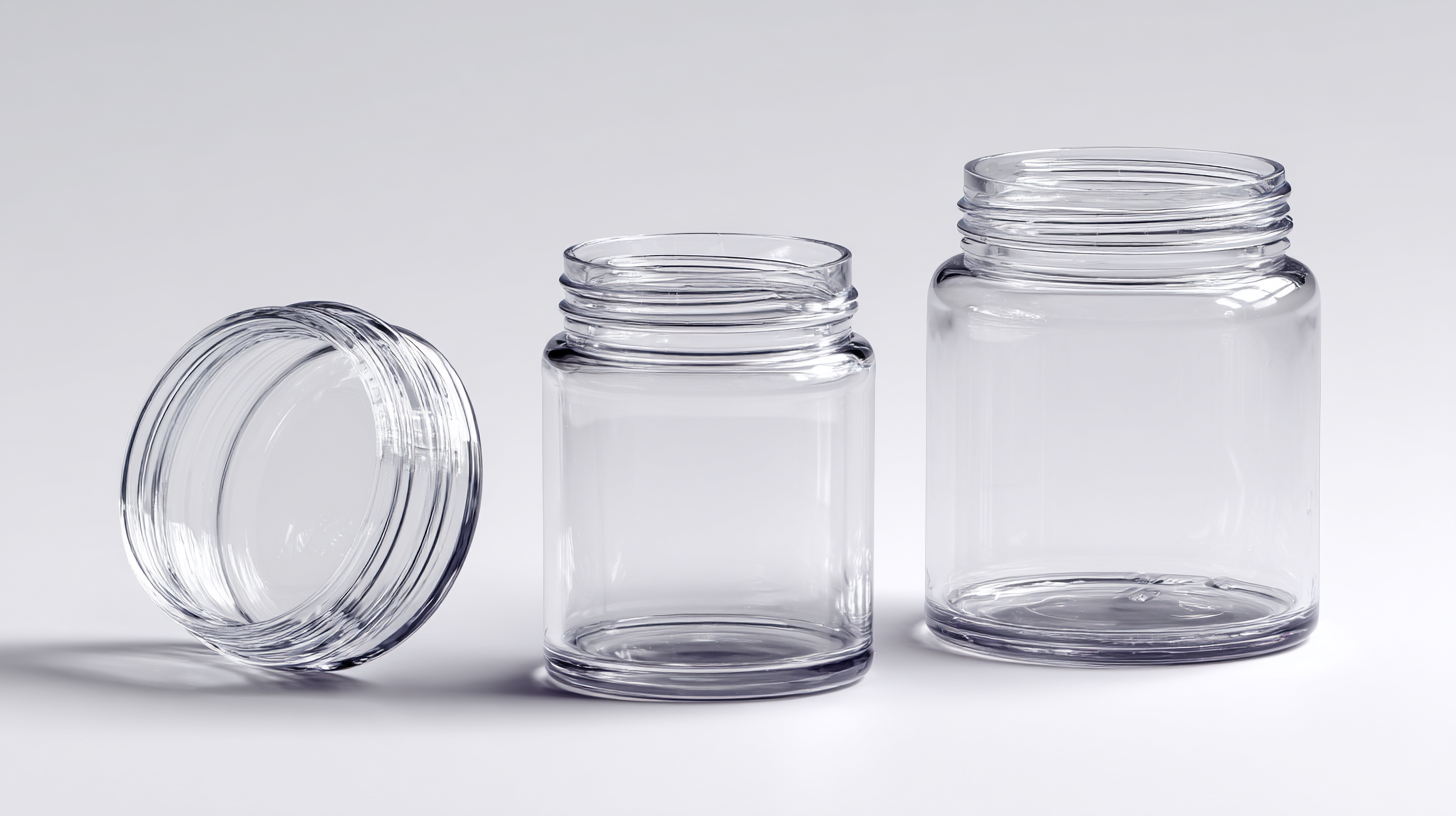
Blog
Top Strategies for Selecting the Best Plastic Jar for Your Packaging Needs
When it comes to packaging, the selection of suitable materials is crucial for ensuring product integrity and consumer appeal. Among various options available in the packaging industry, plastic jars have gained immense popularity due to their versatility and durability. According to a report by MarketsandMarkets, the global plastic packaging market is projected to reach $500 billion by 2025, with plastic jars representing a significant segment of this growth. With a myriad of choices in size, shape, and design, choosing the right plastic jar can enhance product presentation while offering superior protection against environmental factors. This blog delves into the top strategies for selecting the best plastic jar that aligns with your packaging needs, ensuring you make informed decisions that contribute to your brand's success.

Understanding Your Packaging Requirements for Plastic Jars
When selecting the best plastic jar for your packaging needs, it’s essential to understand your packaging requirements thoroughly. Different products require specific features such as moisture resistance, durability, and compatibility with various contents. For instance, if you're packaging food items, the jar must meet food safety standards while also being able to withstand the rigors of transportation and storage. As the e-commerce landscape continues to grow, the demand for protective and effective packaging solutions has never been greater. This necessitates assessing not only the physical attributes of the plastic jar but also its sustainability and overall lifecycle.
Furthermore, trends in the packaging market indicate a significant shift towards eco-friendly materials, including bioplastics. As awareness of environmental issues rises, manufacturers are increasingly focused on sustainable packaging options that minimize ecological impact. By choosing a plastic jar that aligns with these trends, businesses can enhance their brand image and appeal to environmentally conscious consumers. Therefore, understanding your packaging requirements involves evaluating material preferences, regulatory compliance, and market trends that influence consumer behavior.
Key Factors to Consider in Plastic Jar Materials and Design
When selecting the best plastic jar for packaging needs, understanding the materials and design choices is paramount. One key factor to consider is the sustainability of the materials used. Opting for jars made from recycled plastics or those that can be easily recycled can significantly reduce your environmental footprint. With increasing public concern over plastic waste, integrating sustainable practices in your packaging choices is not only beneficial for the planet but also resonates with eco-conscious consumers.
Another essential aspect is the design functionality of the plastic jar. The right jar should balance aesthetic appeal with practical use. Look for features like ease of opening, durability, and the potential for reuse in daily activities. For instance, jars that can serve multiple purposes beyond their initial use can encourage a culture of recycling and reusability, aligning with emerging trends in sustainable packaging systems.
Tips:
- Evaluate the entire lifecycle of the plastic jar, considering its end-of-life possibilities and the role it plays in a circular economy.
- Stay informed about innovations in production technologies that can lead to improved sustainability in plastic jar manufacturing.
Top Strategies for Selecting the Best Plastic Jar for Your Packaging Needs
| Factor | Description | Material Types | Design Considerations |
|---|---|---|---|
| Durability | Ability to withstand physical and chemical stress. | Polyethylene (PE), Polypropylene (PP) | Thicker walls for increased strength. |
| Barrier Properties | Resistance to moisture and gases to protect contents. | PET, PVC | Consider multi-layer designs for enhanced barriers. |
| Recyclability | Ease of recycling post-consumer use. | HDPE, PET | Use clear labeling for recycling guidelines. |
| Cost-effectiveness | Balancing cost with performance and aesthetics. | Polyethylene, Polypropylene | Simplicity in design to reduce production costs. |
| Compatibility | Suitability for product type and storage conditions. | PC, PMMA | Ensure lids and seals match product requirements. |
Evaluating Size and Shape Options for Maximum Product Protection
When it comes to selecting the best plastic jar for your packaging needs, evaluating size and shape options is crucial for ensuring maximum product protection. The right dimensions can prevent damage during transit and storage, keeping your product in mint condition. According to a recent industry report, the global plastic packaging market is expected to reach $500 billion by 2026, emphasizing the importance of making informed choices when it comes to packaging materials.
**Tips:** Consider the weight and fragility of your product when choosing a jar. For example, heavier items may require thicker walls or a more robust structure to withstand pressure. Additionally, the shape of the jar can influence how well it fits in storage and shipping containers, thereby reducing costs and improving efficiency.
Another factor to consider is the compatibility of the jar with various sealing and closure options. Different products require different levels of airtightness and protection from external contaminants. Research indicates that using the correct jar design can increase shelf life by up to 30%, giving your product a significant competitive edge in the market.
**Tips:** Look for jars designed specifically for your product type to enhance performance and user experience. Remember, a well-chosen packaging solution not only safeguards your product but also enhances your brand's image.

Assessing Cost-Effectiveness and Supplier Reliability
When selecting the best plastic jar for your packaging needs, assessing cost-effectiveness and supplier reliability is crucial. Cost-effectiveness does not only pertain to the price of the jars themselves but also considers factors such as shipping costs, bulk order discounts, and the longevity of the material. Investing in higher-quality jars may raise initial costs, but they can lead to savings in the long run through reduced breakage and improved product shelf life. Conducting a thorough cost analysis helps in ensuring that you are not sacrificing quality for price.
Supplier reliability plays an equally important role in your packaging decision-making. The right supplier should not only provide high-quality plastic jars but also demonstrate consistent delivery and customer service. A reliable supplier can significantly impact your production timeline and overall business efficiency. It’s essential to research potential suppliers, looking for reviews and testimonials, and consider their track record with existing clients. Establishing a relationship with a trustworthy supplier can mitigate risks associated with ordering delays or subpar products, ultimately leading to smoother operations and enhanced brand reputation.

Sustainability: Choosing Eco-Friendly Plastic Jar Solutions
In an era where sustainability is increasingly prioritized, selecting eco-friendly plastic jar solutions has become pivotal for companies aiming to reduce their environmental footprint. According to a 2021 report by the Ellen MacArthur Foundation, recycling initiatives have gained traction, with only 9% of the world's plastic being effectively recycled. This statistic underscores the urgent need for businesses to seek out innovative packaging that not only meets their needs but also contributes to a circular economy. By choosing biodegradable or recyclable materials, companies can minimize plastic waste and resonate with environmentally conscious consumers.
Moreover, the global market for sustainable packaging is expected to reach $650 billion by 2027, as highlighted by a recent Allied Market Research report. This shift reflects a growing consumer demand for sustainable options, compelling manufacturers to invest in eco-friendly materials such as bioplastics derived from renewable resources. Opting for such materials not only enhances a brand's image but also aligns with regulatory pressures aimed at reducing plastic pollution. Therefore, businesses that prioritize sustainable plastic jar solutions not only benefit environmentally but also enhance their market competitiveness and appeal to a broader audience concerned about the impact of their consumption choices.
